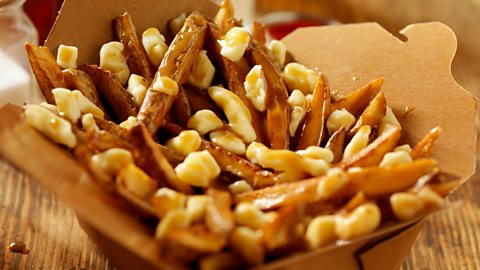ThereвҖҷs nothing like that smell of freshly popped popcorn in the foyer of your favourite cinema.
ItвҖҷs an integral part of going to the movies. But what is popcorn? Where does it come from? Why does it pop, and how long have people been popping it? And how did it become so connected to watching films?
Here are some amazing facts about our favourite movie snack.
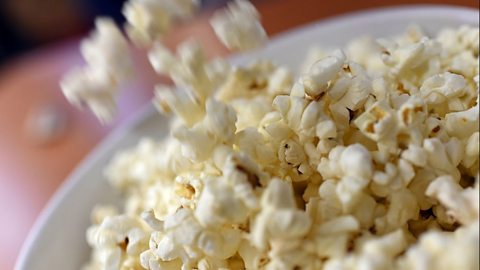
Where does popcorn come from?
Corn (or maize) was first cultivated by humans about 10,000 years ago in Mexico from a wild grass called teosinte (which doesnвҖҷt look much like modern corn at all). And it seems that people started popping pretty quickly. Fossil evidence of corncobs from Peru shows that ancient people might have been popping corn from around 4700 BCE, nearly 7000 years ago.
And while almost any kind of corn will pop to some extent, the popcorn you eat at the cinema, or buy in a shop, is usually of a specially cultivated variety, grown to have an especially starchy interior for better popping. The most common has the scientific name Zea mays everta. The majority of the worldвҖҷs popcorn is grown in the USA in the вҖҳcorn beltвҖҷ in the countryвҖҷs midwest.
Why does popcorn pop?
The outside of a popcorn kernel (the hull) is a hard shell while the inside is made of oil, water and starch. As the kernel is heated the insides becomes a soft jelly, while the water turns into steam and tries to expand. Finally the hull suddenly gives way and the inside of the kernel explodes outwards in a foamy substance which rapidly hardens. Pop!
For successful popping itвҖҷs important that the kernels are heated to exactly the right temperature and for the right amount of time. If theyвҖҷre heated too slowly (and not at a high enough temperature) the steam just slowly leaks out and the kernel never pops. Too quick and hot and the insides wonвҖҷt have had time to fully soften and the corn will pop, but will be hard and chewy.The sweet spot is 180 degrees centigrade, which is just enough to make the kernels explode into little clouds of fluffy goodness.
When did it become a modern snack?
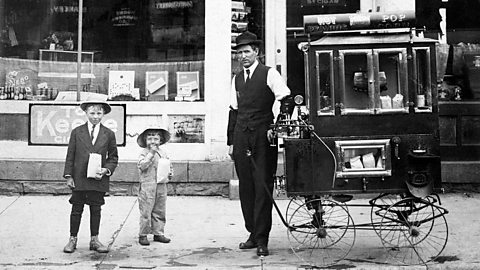
Popcorn started to become popular in America in the early 19th Century when it was sold as вҖҳpearlsвҖҷ or вҖҳnonpareilвҖҷ. By 1848 the term вҖҳpopcornвҖҷ made an appearance in the Dictionary of Americanisms.
But its real success can be put down to the work of one man: Charles Cretors. A confectionary shop owner from Ohio, Cretors adapted a steam-powered peanut roasting machine he had designed into a popcorn machine (which he patented in 1893). Later, he placed the machines on the backs of horse-drawn wagons.
The mobile stands were a roaring success, and soon CretorsвҖҷs popcorn machines could be spotted anywhere there was likely to be a crowd including sporting events, theatres and cinemas.
PopcornвҖҷs popularity, erm, exploded. It was delicious, fun to watch being made, and during the Great Depression between 1929 and 1933, at only five or ten cents a bag, an affordable treat during very dark times. Popcorn was fast becoming the peopleвҖҷs snack.
Why do we eat popcorn at the movies?
In the early days cinema owners didnвҖҷt want anything to do with popcorn. They were marketing the new entertainment medium as a distinctly upper-class affair. The theatres were grand and opulent with beautiful carpets that they didnвҖҷt want smelly popcorn trodden into. Since movies were silent and you needed to be able to read the title-cards, moviegoing was a highbrow affair, for the educated only.
But the coming of sound in the 1920s changed all that. Suddenly you didnвҖҷt need to be able to read to follow the story and anyone could go to the movies. Like popcorn itself, movies became a cheap, fun diversion that ordinary people could enjoy. And they wanted to eat their favourite snack while they watched..
At first the theatre owners tolerated the popcorn stands outside, then they began to sell licenses to the popcorn vendors. Finally they decided to cut out the middleman and sell popcorn themselves.
Popcorn had moved from the pavement outside into the foyer, right to the heart of the moviegoing experience. And itвҖҷs been there ever since.
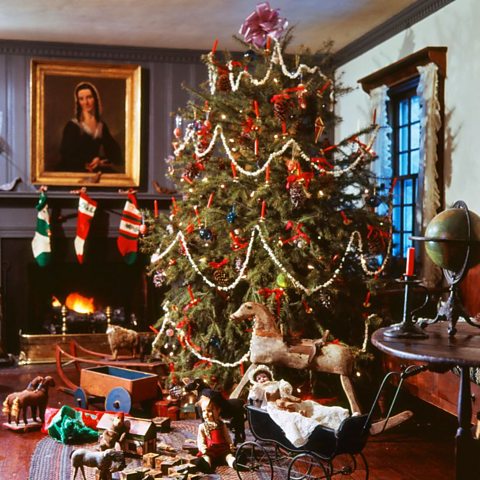
Are there any other uses for popcorn?
Yes. It was particularly revered by the ancient Aztecs as corn formed a staple part of their diet.
Sixteenth-Century missionary and ethnographer Bernardino de Sahagun recorded one such celebration: вҖңAnd also a number of young women danced, having so vowed, a popcorn dance. As thick as tassels of maize were their popcorn garlands. And these they placed upon their heads."
In the United States it is threaded onto cotton, sometimes dyed and used as a traditional Christmas decoration. In fact the earliest records of Christmas trees in the US record them being decorated with edible treats such as pecan nuts, marzipan and popcorn. It was a practice particular popular with German immigrants.
ItвҖҷs also been trialled as an eco-friendly packaging material to replace polystyrene chips. But there are a few drawbacks. It attracts pests, rots if it gets wet and weighs eight times as much as polystyrene.
So for now it seems weвҖҷll be eating popcorn rather than posting things in it.

A brief history of chocolate
It's delicious, but where does it come from?
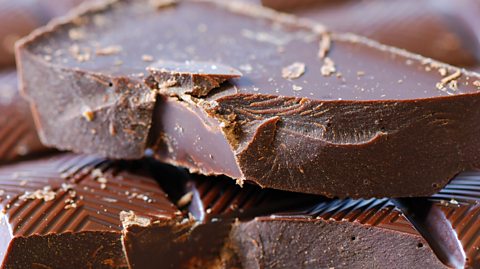
Myth-busting food origin stories
Chocolate chip cookies, crisps and Caesar salad all have legendary histories, but are they true?
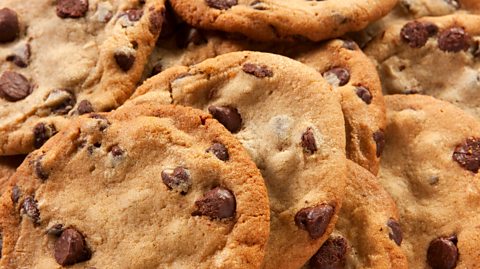
The takeaway treats that have become national treasures
How poutine, kebab pizza and more found their way into a country's heart
